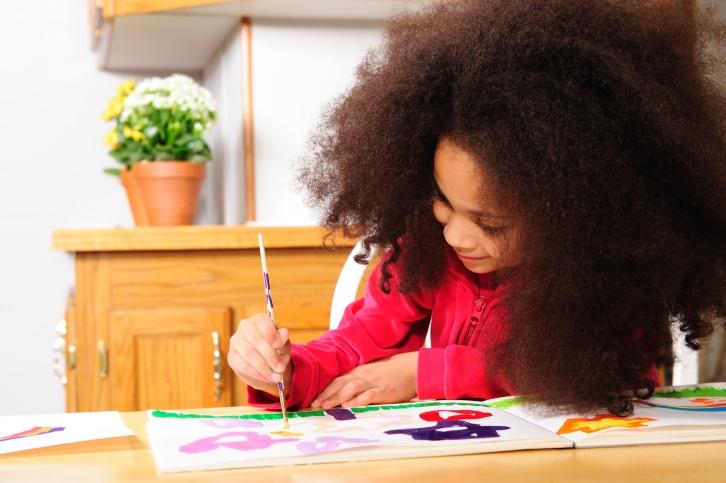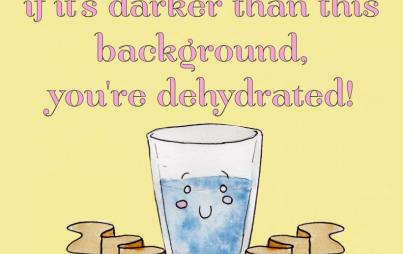
Credit: Thinkstock
If we expect our next generation of scientists and engineers to overcome the most pressing scientific crises of our world, they need more than theorems and formulae. They need participation in the arts.
Schools across the country are facing a formidable problem—and it's one we don't talk about near enough.
With district after district facing deep budget cuts, arts and science programs often find themselves in competition for student time—and school funding. Many advocates are placing an emphasis on teaching STEM (Science, Technology, Engineering, and Mathematics) skills to children because there is a rising demand for these areas of expertise in the workforce. Only about 1 in 4 college graduates achieve a degree in a STEM field, even though it is currently one of the most sought-after skill sets in the job market, according to U.S. News and World Report.
Many educational programs are responding with an increased focus on science classes, math clubs, and even scholarships and camps aimed at getting young children excited about science early on. The problem? This new emphasis often comes at the expense of arts programs because the two fields are "not related"— and this divorce of science and arts cannot be healthy for our students long-term.
***
Arts and science subjects were not always so separate. In centuries gone by, Arab scholars developed algebra and geometry out of a love of form and order, and Greek sculptors studied anatomy out of a deep appreciation for the human form. More recently, Steve Jobs' obsession with aesthetics became one of the key selling points for his Apple brand. The arts influence our ability to see things as they are, and as they might be.
We learn to observe life in the drawing room, to communicate and empathize in the theater, and to work with ordered discipline in the music hall. If we expect our next generation of scientists and engineers to overcome the most pressing scientific crises of our world, or even the social issues of discrimination in STEM corporate culture, they need more than theorems and formulae. They need the passion, creativity, and humanity that comes from participation in the arts.
Indeed, if we want students to make it to college in the first place, they need access to the arts as well as STEM fields. According to some studies, schools with the highest graduation rates all provided access to arts classes, activities, and performances. This statistic is even more stark in low-income schools where arts are most likely to be cut. Arts education has been shown to lower truancy and dropout rates, improve math skills, increase social skills, raise civic involvement, and even increase test scores.
Arts education is not a luxury—it's a necessity.
STEM advocacy isn't going away, of course, and I'm not arguing that it should. There's a clear need to inspire the next generation of pioneers to enter this exciting new frontier. But as we move forward with defining our national education priorities, arts education should not be cut for expedience. Already, some have refined the STEM curriculum to include the arts. STEAM (Science, Technology, Engineering, ARTS, and Mathematics) advocates seek to bring art into the science classroom by incorporating design, creative planning, role-playing, and numerous other creative-based techniques to spark a passion for the beauty and importance of science in our new tech-centric world.
Why should women care about all of this? Because STEM fields are some of the most exciting and in-demand fields today, and also some of the most discriminatory industries to work in. Women hold only 24% of all STEM jobs, and tend to face incredible amounts of opposition from their male counterparts.
Imagine if the next generation of STEM workers had experience in the diversity and empathy cultivated by participation in the arts. It's time to turn STEM into STEAM; scientific and technological progress depends on it.
For more information on STEAM advocacy and the importance of the Arts, check out these resources.







